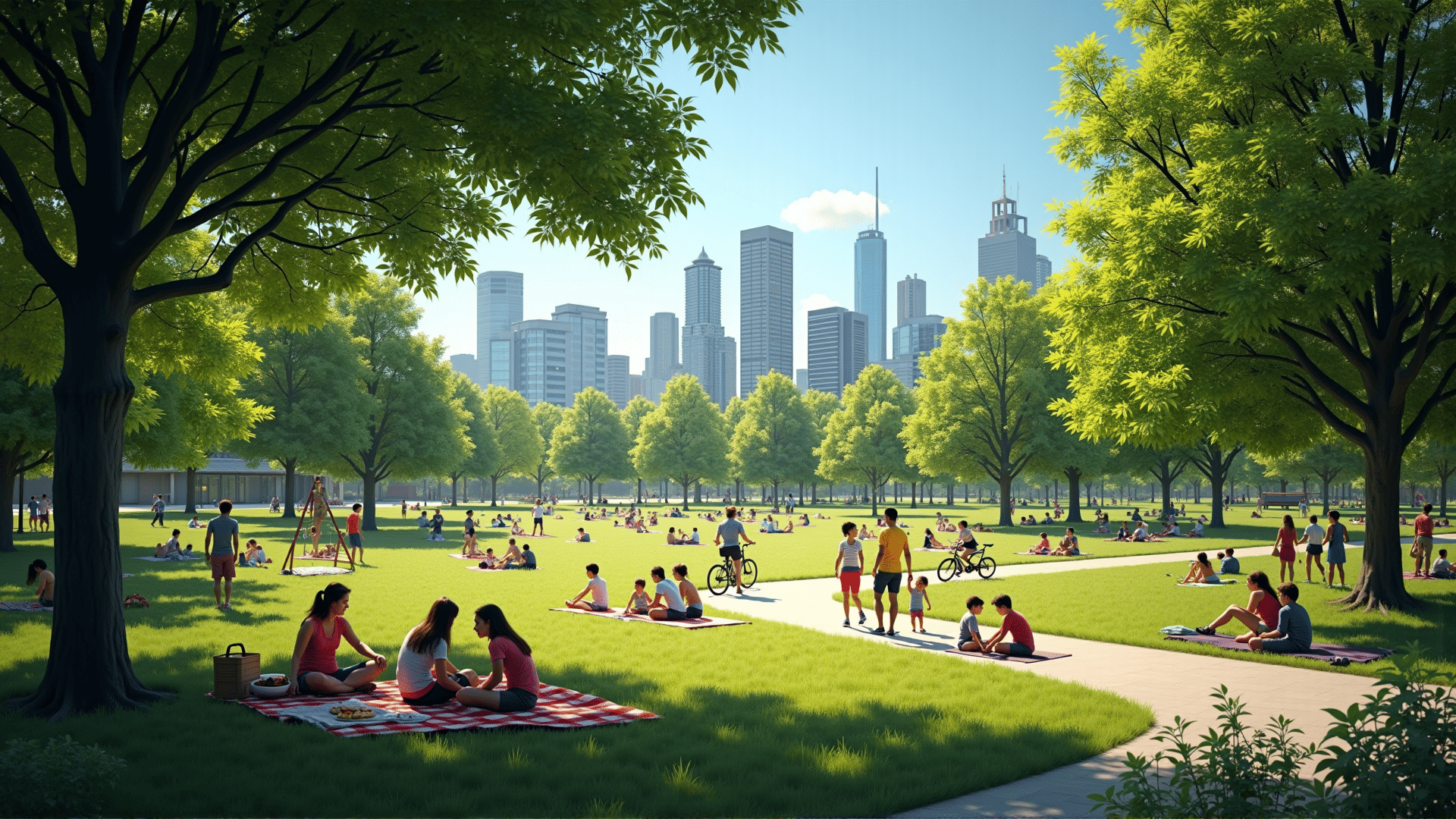In recent years, Canadian cities have embarked on a transformative journey toward urban greening, a movement reshaping urban landscapes into flourishing ecosystems of green spaces. By incorporating more parks, green roofs, and community gardens, these cities are creating healthier environments and enhancing community well-being.
Urban greening projects focus on integrating nature into densely populated areas, offering residents access to natural spaces amid the urban jungle. These initiatives are critical in mitigating the urban heat island effect, where densely constructed areas trap heat, raising temperatures. Trees and plants act as natural air conditioners, cooling the air and providing shade that makes urban life more bearable during hot summer months.
One of the standout benefits of urban greening is its positive impact on mental health. Access to green spaces has been linked to reduced stress, improved mood, and enhanced cognitive function. Walking through a park or a community garden can be a soothing experience, offering a temporary escape from the hustle and bustle of city life. Cities like Toronto and Vancouver have made strides in expanding such areas, ensuring that serene retreats are available to more urban dwellers.
Moreover, these projects play a significant role in improving air quality. Vegetation naturally filters pollutants and provides cleaner air for city inhabitants, a crucial benefit as urban areas continue to grow. Initiatives like the Green Roof Bylaw in Toronto mandate green spaces on new buildings, promoting an eco-friendly approach to urban development.
Social interconnectedness flourishes through urban greening as well. Community gardens, for instance, bring neighbors together, fostering social ties and collaboration. These spaces not only supply local food but also serve as communal hubs where people can bond over shared activities and learn from one another.
Cities are also witnessing a boost in biodiversity due to these projects. By reintroducing various plant species, urban spaces can become sanctuaries for birds, insects, and other wildlife. This not only enriches the urban ecosystem but also provides residents with a closer connection to nature.
Urban greening in Canadian cities exemplifies a forward-thinking approach to urban development, blending environmental stewardship with community enrichment. As more cities embrace these initiatives, the promise of healthier, more vibrant urban living becomes a tangible reality. Through concerted efforts, we can create cities that are not only resilient and sustainable but also places where both nature and community can thrive in harmony.
